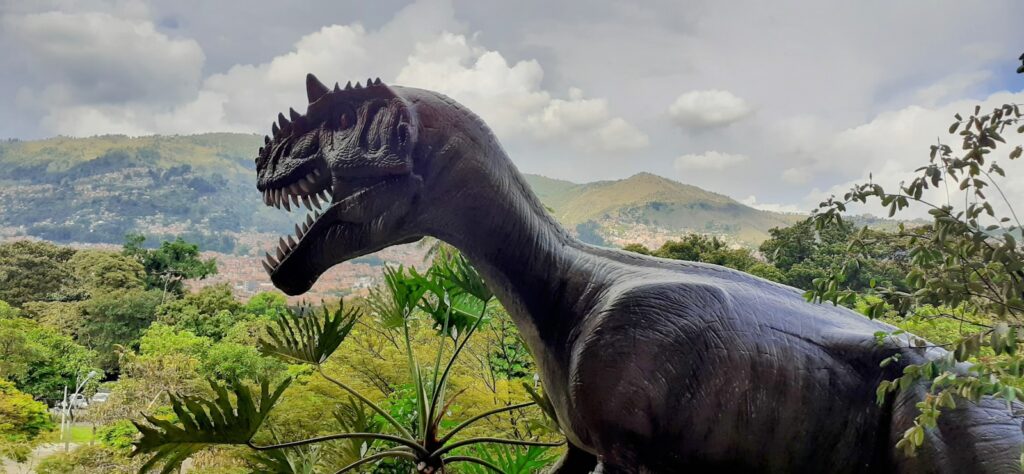Picture this: a massive asteroid hurtling through space at 20 kilometers per second, carrying the force of thousands of nuclear bombs. It slams into Earth’s surface, leaving behind a scar that should theoretically last forever. Yet millions of years later, you might walk right over that same spot without ever knowing that one of the most violent events in our planet’s history occurred beneath your feet. The truth is, Earth has a remarkable ability to erase its own traumatic memories, and the story of vanishing craters is far more dramatic than you might expect.
The Relentless Forces of Weather and Climate
Rain doesn’t just water your garden – it’s one of the most powerful destructive forces on our planet. When water seeps into cracks in crater walls, it begins a slow but unstoppable process of dissolution that can completely reshape these ancient scars. The freeze-thaw cycles that occur in temperate climates act like nature’s own jackhammers, gradually splitting apart even the hardest rocks.
Wind carries more than just dust and leaves; it transports tiny particles that act like sandpaper against crater walls. Over millions of years, these microscopic bombardments wear down the raised rims that once towered hundreds of meters above the surrounding landscape. What once stood as a monument to cosmic violence becomes nothing more than a gentle depression in the earth.
Temperature fluctuations cause rocks to expand and contract daily, creating stress fractures that make crater walls increasingly vulnerable to other erosional forces. In desert regions, the extreme temperature swings between day and night can cause massive chunks of crater walls to simply fall apart, like ancient buildings crumbling under their own weight.
Rivers: The Ultimate Crater Destroyers
Rivers are perhaps the most ruthless erasers of impact craters on Earth. These flowing waterways don’t just carry water – they transport sediments, rocks, and debris that can fill in crater basins within surprisingly short geological timeframes. The Manicouagan crater in Canada, despite being one of the largest and most well-preserved impact structures, has been significantly modified by river action over its 214-million-year history.
When a river changes course and flows through a crater, it can completely obliterate the original impact structure. The flowing water carves new channels, deposits sediments in low-lying areas, and gradually transforms the circular depression into an unrecognizable landscape. Some craters that once measured dozens of kilometers across have been reduced to barely detectable undulations in the terrain.
Flash floods can accomplish in hours what steady erosion might take centuries to achieve. During major flood events, enormous volumes of water and debris can sweep through crater basins, fundamentally altering their shape and filling them with layers of sediment that bury all evidence of the original impact.
Ice Ages: When Glaciers Rewrite History
Glaciers are like massive bulldozers that move across the landscape at an almost imperceptible pace, but their power is absolutely devastating to crater preservation. During ice ages, these frozen rivers of ice can completely scrape away crater rims that took millions of years to form. The Sudbury Basin in Ontario, Canada, one of the largest known impact structures, has been heavily modified by glacial activity.
As glaciers advance and retreat, they carry enormous amounts of rock and debris that can fill in crater basins entirely. The weight of ice sheets – some over a kilometer thick – can actually compress and deform the underlying rock, fundamentally altering the shape of ancient impact structures. When the ice finally melts, it leaves behind a landscape that bears little resemblance to the original crater.
Glacial meltwater creates massive floods that can carve new channels through crater walls and deposit thick layers of sediment across impact sites. These glacial outburst floods can move boulders the size of houses and completely reshape the topography in a matter of days or weeks.
Volcanic Activity: Nature’s Reset Button

Volcanic eruptions are like nature’s way of hitting the reset button on the landscape. When lava flows cover impact craters, they create entirely new surfaces that can completely hide the underlying impact structure. The Deccan Traps in India, formed by massive volcanic eruptions around 66 million years ago, may have buried numerous impact craters beneath layers of basaltic rock.
Explosive volcanic eruptions can deposit thick layers of ash and debris that fill in crater basins and obscure their original shape. These volcanic deposits can accumulate to depths of hundreds of meters, effectively burying impact craters beneath a blanket of new material. Over time, erosion of these volcanic deposits can reveal the underlying crater, but often in a heavily modified state.
Volcanic activity can also create new topographical features that completely alter the drainage patterns around impact sites. When new volcanic peaks form or lava flows create barriers, they can redirect rivers and streams in ways that accelerate the erosion of nearby crater structures.
Tectonic Plate Movement: The Slow Dance of Destruction
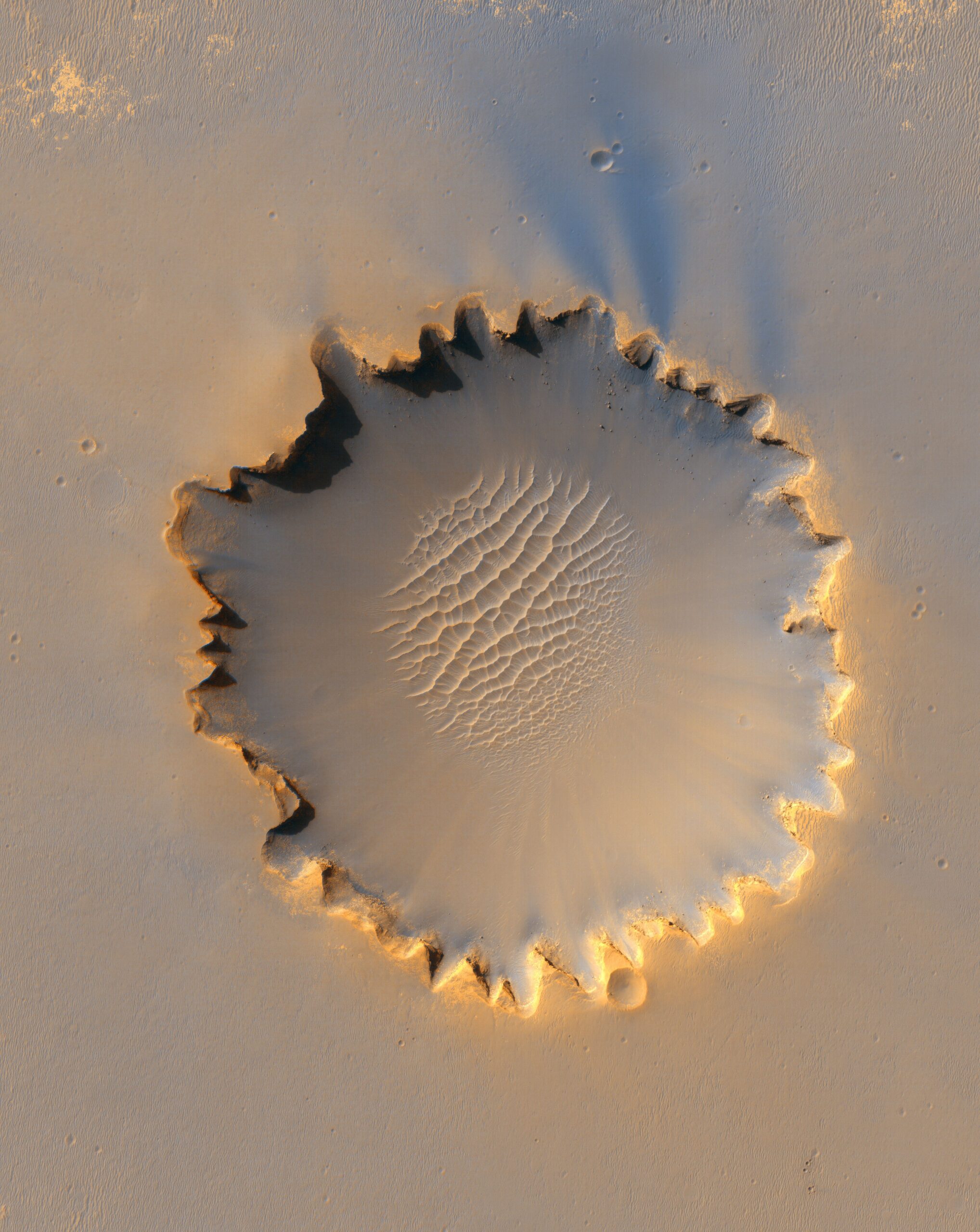
The Earth’s crust is constantly moving, and this movement can have profound effects on crater preservation. Tectonic forces can lift crater floors, tilt crater walls, and even tear impact structures apart along fault lines. The Vredefort crater in South Africa, the largest known impact structure on Earth, has been significantly modified by billions of years of tectonic activity.
When tectonic plates collide, they can create mountain ranges that completely obscure ancient impact sites. The collision of the Indian and Asian plates that formed the Himalayas may have buried or destroyed numerous impact craters that formed on the ancient seafloor. These mountain-building processes can also expose deep sections of crater structures while simultaneously destroying surface features.
Fault systems can slice through impact craters like knives through butter, creating pathways for water and other erosional agents to penetrate deep into the structure. These fault-controlled erosion patterns can completely alter the circular shape that originally defined the impact site, turning recognizable craters into irregular depressions or ridges.
Ocean Impacts: Hidden Beneath the Waves
The ocean floor is a graveyard of impact craters that we’ll likely never see. Most of the Earth’s surface is covered by water, which means that the majority of asteroid and comet impacts throughout history have occurred in marine environments. These underwater craters face unique challenges that make them particularly vulnerable to disappearing without a trace.
Sediment deposition in marine environments can be incredibly rapid, with some ocean basins accumulating meters of sediment per thousand years. This means that even large impact craters can be completely buried beneath layers of marine sediment within relatively short geological timeframes. The weight of this accumulated sediment can also compress and deform the underlying crater structure.
Ocean currents act like underwater rivers, carrying sediments and debris that can fill in crater basins and erode crater walls. Strong bottom currents can scour crater floors clean while simultaneously depositing material in other areas, fundamentally altering the original impact morphology. Most underwater craters remain hidden beneath thick layers of sediment, making them nearly impossible to detect without sophisticated geophysical techniques.
Human Activity: The Newest Crater Eraser
Humans have become surprisingly effective at erasing traces of ancient impact craters, often without even realizing it. Urban development, mining operations, and agricultural activities can completely obliterate small to medium-sized crater structures within decades. The Kentland crater in Indiana has been significantly modified by quarrying operations that have removed large portions of the original impact structure.
Modern farming practices can gradually level out the subtle topographical features that are often the last remaining evidence of ancient impacts. Repeated plowing, irrigation, and soil manipulation can smooth out crater rims and fill in depressions that took millions of years to form. What once stood as clear evidence of cosmic bombardment becomes just another field or pasture.
Mining and quarrying operations are particularly destructive to crater preservation because they often target the same rock types that are altered by impact processes. The shocked minerals and distinctive rock formations that form during impacts can be valuable resources, leading to the inadvertent destruction of the very features that would help identify the impact site.
Chemical Weathering: The Invisible Destroyer
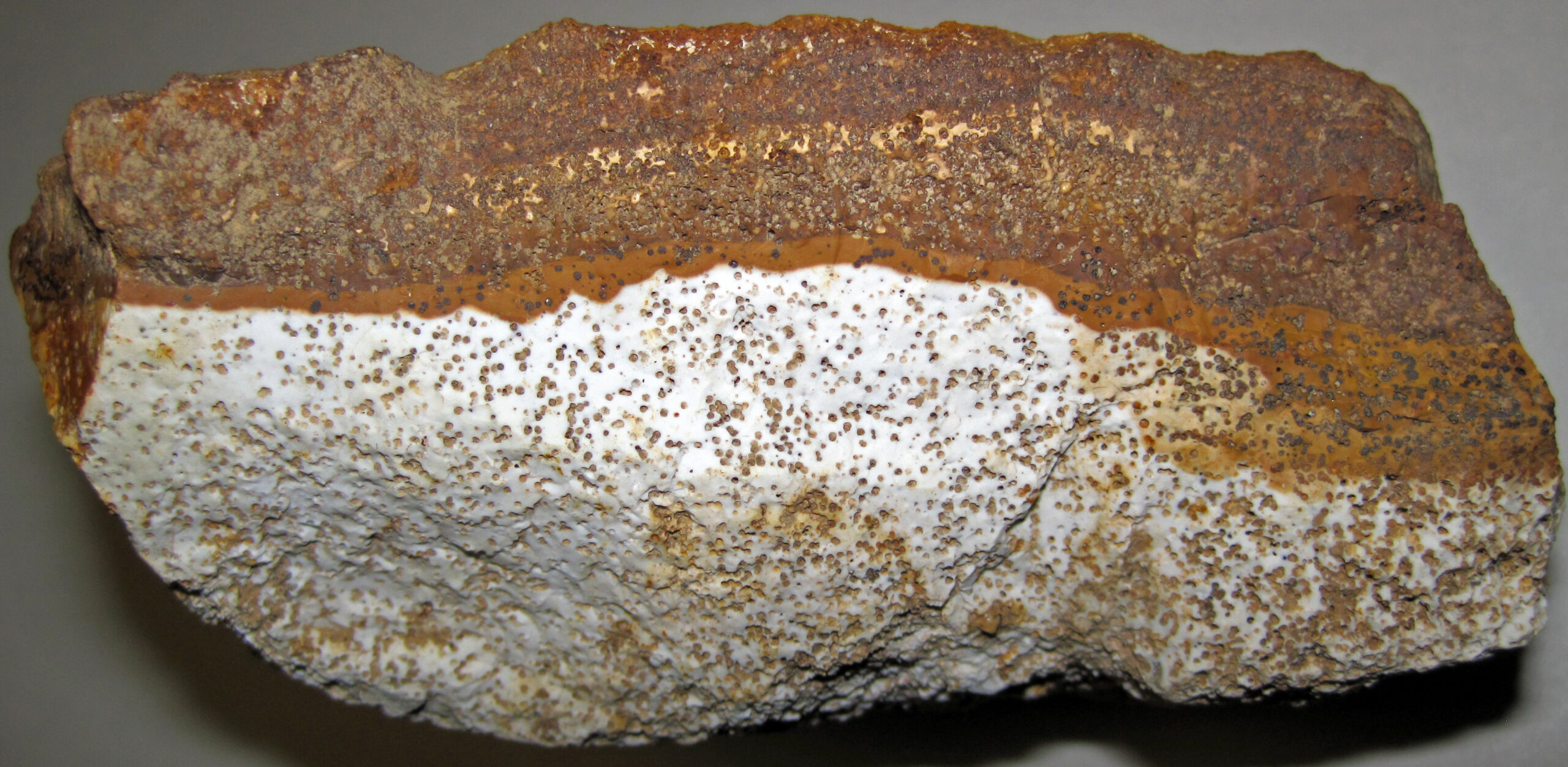
Chemical weathering operates on a molecular level, slowly dissolving the minerals that make up crater walls and floors. This process is particularly effective in tropical climates where warm temperatures and abundant rainfall create ideal conditions for chemical reactions. The mineral alteration that occurs during chemical weathering can completely change the composition of impact rocks, making them nearly impossible to identify.
Acidic groundwater can dissolve limestone and other carbonate rocks that commonly form crater walls, creating underground caverns that can cause surface collapse. This process, known as karst formation, can completely alter the surface expression of impact craters in carbonate-rich terrains. The original circular shape of the crater can be lost as the ground surface adjusts to the underlying dissolution patterns.
Oxidation processes can break down the iron-rich minerals that are commonly found in meteorites and impact-shocked rocks. This chemical breakdown not only weakens the rock structure but also removes important chemical signatures that geologists use to identify impact sites. Over time, the distinctive mineralogy that marks an impact crater can be completely erased by these chemical processes.
Biological Processes: Life as a Crater Modifier
Life itself can be a powerful force in crater modification, though it operates more slowly than physical and chemical processes. Plant roots can grow into cracks in crater walls, gradually widening them and making the rock more susceptible to other forms of erosion. Large trees can actually topple sections of crater walls when they fall, especially during storms or as they age and decay.
Burrowing animals can significantly alter crater floors and walls by creating extensive tunnel systems that weaken the rock structure. Prairie dogs, ground squirrels, and other fossorial animals can move surprising amounts of sediment over time, gradually filling in crater depressions and smoothing out topographical features. In some cases, animal activity can completely obscure the original shape of small impact craters.
Microbial activity in soils can accelerate chemical weathering processes by producing acids and other compounds that dissolve rock minerals. These biological processes are particularly important in tropical environments where warm temperatures and abundant moisture create ideal conditions for rapid biological activity. The combined effect of millions of microscopic organisms can fundamentally alter the chemistry and structure of crater materials.
Sediment Deposition: Burial by a Thousand Grains
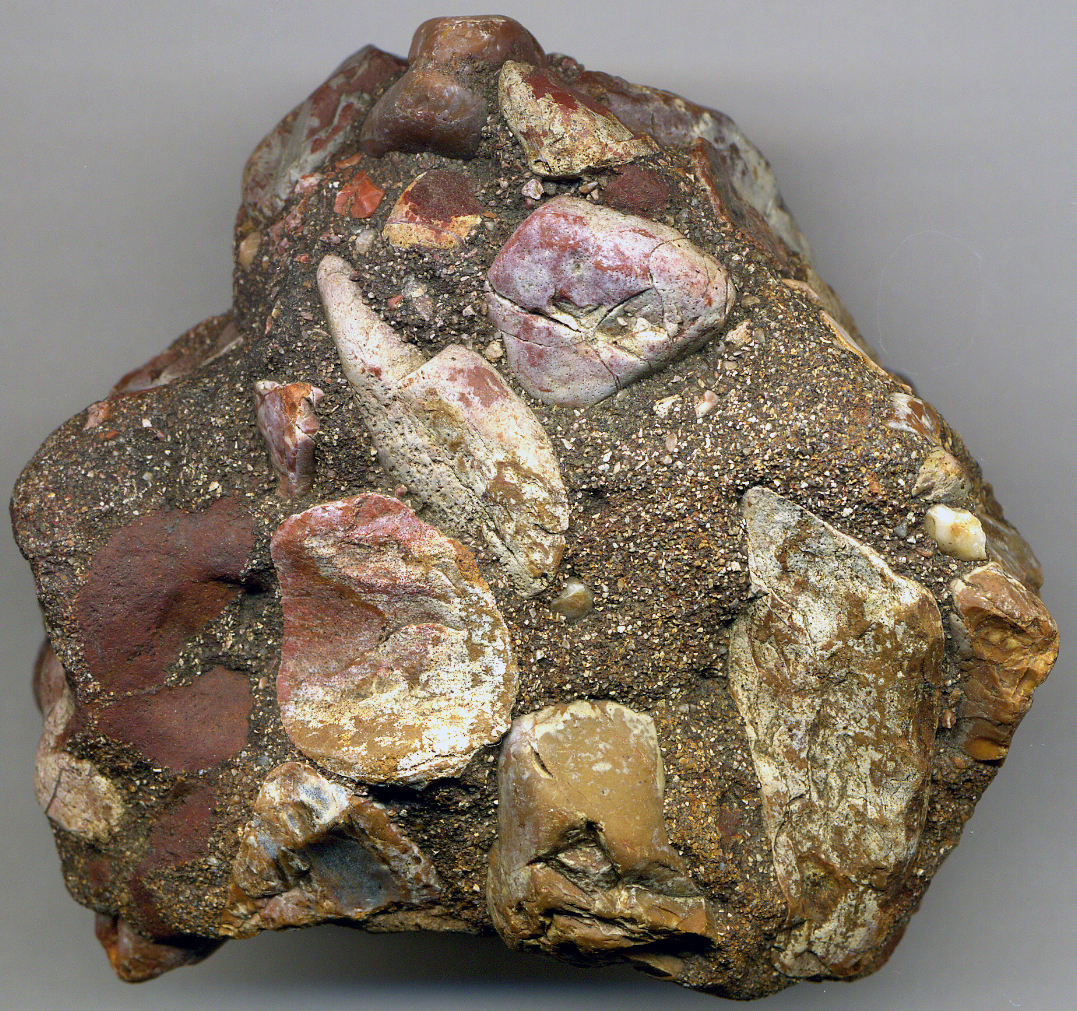
Sediment deposition might seem like a gentle process, but it’s one of the most effective ways to completely hide impact craters from view. Wind-blown dust, river-carried silt, and marine sediments can accumulate at rates that seem insignificant on human timescales but become overwhelming over geological time. The Great Plains of North America hide numerous impact craters beneath layers of sediment that have accumulated over millions of years.
Desert environments are particularly effective at burying impact craters under layers of sand and dust. The constant movement of sand dunes can fill in crater basins and cover crater walls, creating a smooth desert surface that gives no hint of the violent impacts that occurred beneath. Some of the world’s largest impact craters may be completely hidden beneath the sand seas of the Sahara or other major deserts.
Coastal environments face particularly rapid sediment deposition from rivers carrying eroded material from inland areas. Deltas and coastal plains can accumulate sediment at rates of meters per thousand years, quickly burying any impact craters that might exist in these regions. The Mississippi Delta, for example, has built up layers of sediment that are kilometers thick in some areas, potentially hiding numerous impact structures.
The Rare Survivors: Why Some Craters Persist
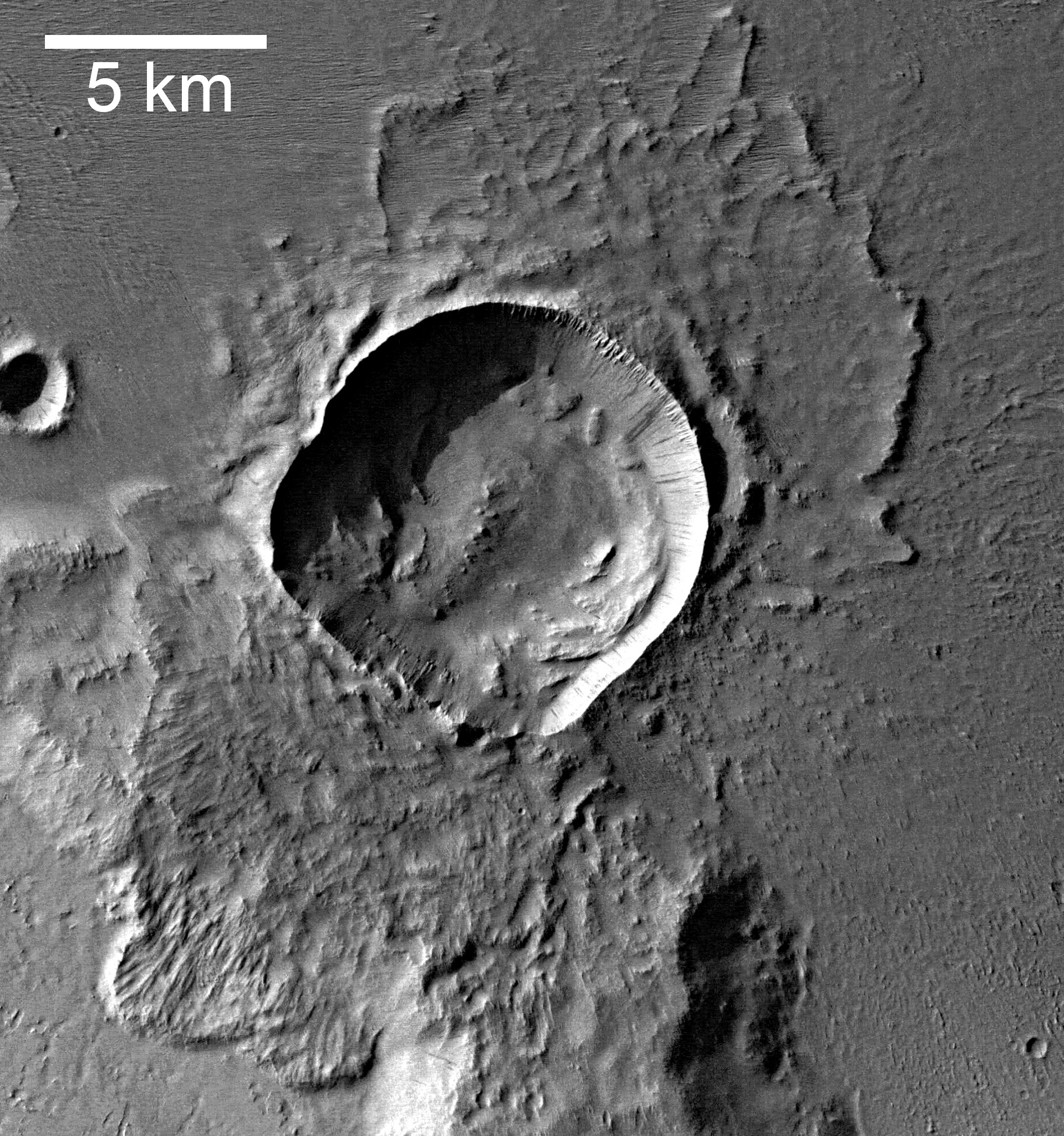
Despite all these destructive forces, some impact craters have managed to survive for hundreds of millions of years. The key to their survival often lies in their location, size, and the type of rock they were formed in. Craters in arid environments with hard, resistant bedrock have the best chance of long-term preservation, while those in wet, tropical climates with soft sedimentary rocks are quickly erased.
Size matters enormously when it comes to crater preservation. Large impact structures create such dramatic changes in the landscape that they can resist erosion for much longer than smaller craters. The Vredefort crater in South Africa, despite being over 2 billion years old, is still recognizable because its original diameter was over 300 kilometers, making it large enough to survive extensive erosion and tectonic modification.
Some craters benefit from protective geological circumstances that shield them from erosion. Craters that become filled with resistant volcanic rocks or that are buried by protective sediment layers can be preserved for extremely long periods. When these protective layers are eventually removed by erosion, the underlying crater structure can be revealed in remarkably good condition, like archaeological artifacts preserved in time.
Detection Challenges: Finding the Invisible
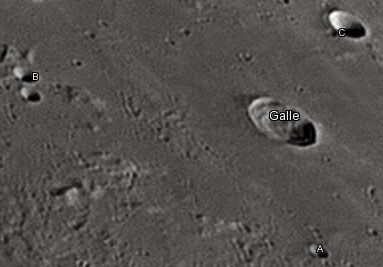
Modern scientists have developed sophisticated techniques for detecting craters that have been heavily modified or partially erased by natural processes. Satellite imagery can reveal subtle circular patterns in vegetation, drainage systems, or topography that betray the presence of ancient impact structures. These remote sensing techniques have revolutionized our ability to identify previously unknown craters around the world.
Geophysical methods like gravity and magnetic surveys can detect buried crater structures by measuring variations in the density and magnetic properties of subsurface rocks. Impact processes create distinctive patterns of rock deformation and mineral alteration that can be detected even when the surface expression of the crater has been completely erased. These techniques have revealed numerous buried craters that were previously unknown to science.
Geochemical analysis of rock samples can identify the distinctive chemical signatures left by impact processes, even when the crater itself is no longer visible. Shocked minerals, elevated concentrations of rare metals, and other chemical anomalies can provide evidence of ancient impacts in areas where no surface crater remains. This detective work requires careful sampling and sophisticated laboratory analysis to distinguish impact signatures from other geological processes.
The Timeline of Disappearance
The rate at which craters disappear depends on a complex interplay of factors including climate, geology, and size. In tropical environments with heavy rainfall and aggressive chemical weathering, small craters can be completely erased within a few million years. Desert environments, on the other hand, can preserve crater structures for hundreds of millions of years with minimal modification.
Recent studies suggest that the half-life of crater preservation on Earth is surprisingly short compared to other planetary bodies. While the Moon preserves craters that are billions of years old, Earth’s active geology and erosional processes mean that craters older than about 600 million years are extremely rare. This rapid turnover of crater populations means that most of the impacts that have occurred throughout Earth’s history have left no visible trace.
The disappearance of craters follows predictable patterns based on their size and environmental setting. Small craters in active environments might last only thousands of years, while giant impact structures in stable continental interiors can persist for billions of years. Understanding these patterns helps scientists predict where to look for preserved impact structures and estimate how many craters have been lost to erosion throughout Earth’s history.
Implications for Earth’s Impact History
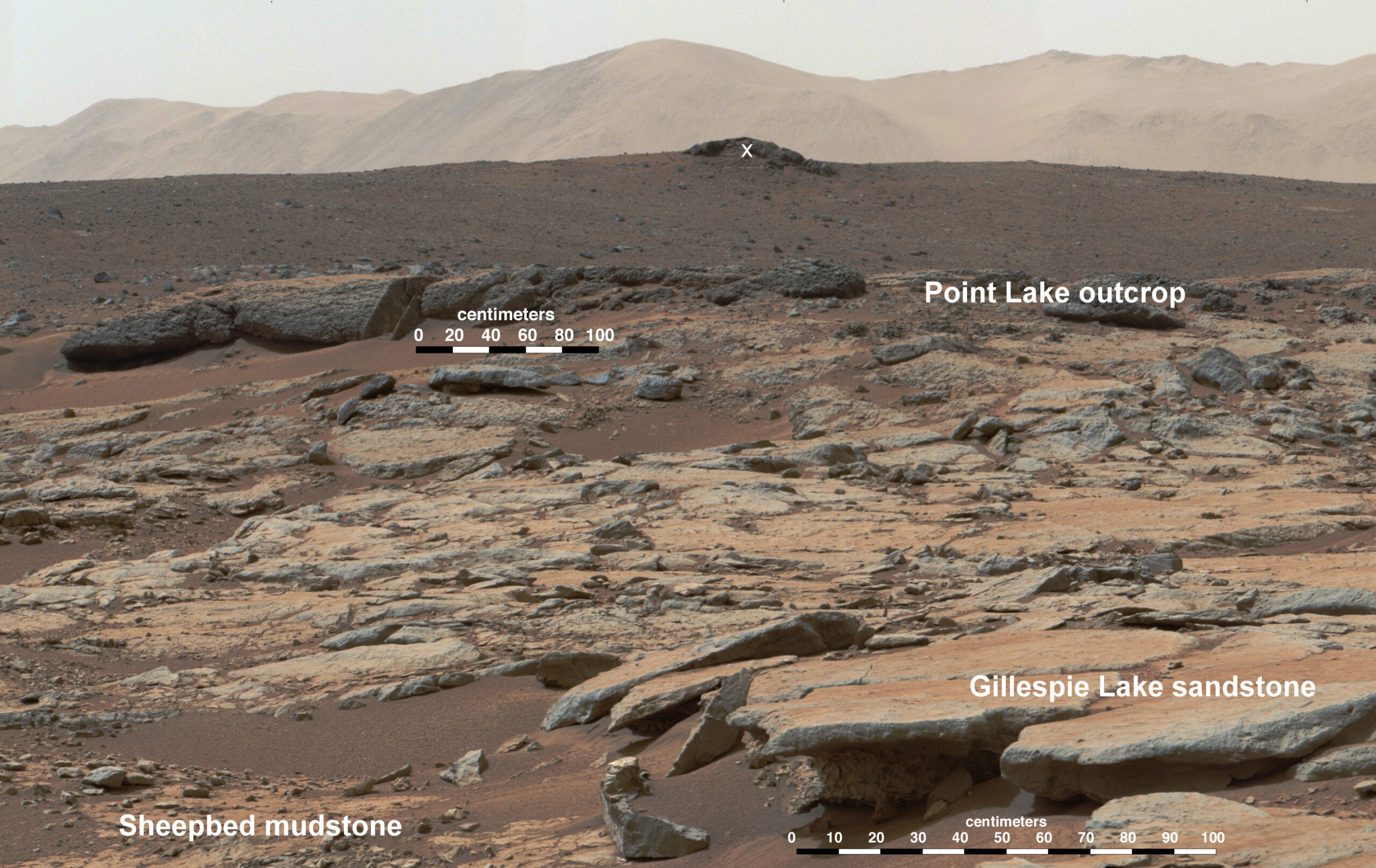
The rapid disappearance of impact craters on Earth has profound implications for our understanding of the planet’s bombardment history. The crater record we see today represents only a tiny fraction of the impacts that have actually occurred over the past 4.5 billion years. This means that Earth has been hit by far more asteroids and comets than the visible crater record suggests.
Scientists estimate that Earth should have been hit by roughly the same number of large impacts as the Moon, adjusted for differences in size and gravitational attraction. However, Earth preserves only about 200 confirmed impact craters, while the Moon’s surface is saturated with impact structures. This dramatic difference highlights just how effective Earth’s geological processes are at erasing evidence of cosmic bombardment.
The loss of crater records also means that we may be missing evidence of some of the most significant impact events in Earth’s history. Large impacts that could have influenced the evolution of life, climate, and geology may have occurred without leaving any trace that we can detect today. This hidden impact history represents one of the major gaps in our understanding of how cosmic bombardment has shaped our planet’s development.
The story of disappearing craters reveals Earth as a dynamic, ever-changing world where even the most violent cosmic events can be gradually erased by the patient work of natural processes. While the Moon and Mars preserve ancient scars as permanent reminders of their bombardment history, Earth continuously rewrites its own story, hiding evidence of its traumatic past beneath layers of sediment, new rock, and biological activity. This ongoing process of crater destruction and concealment means that we’re living on a planet with a largely invisible impact history, where the evidence of cosmic catastrophes lies buried beneath our feet, waiting to be discovered by future generations of scientists. What other secrets might our planet be hiding in its constantly changing face?




